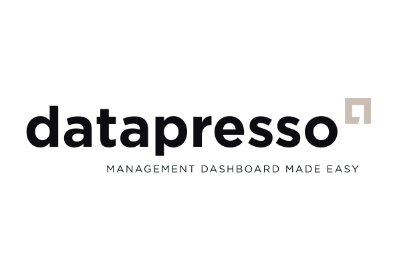Even before COVID 19, the agenda around so-called smart cities stood prominent in both public and private sectors. Progress in digitalization and communication technologies allowed for efficient city operations and urban services and improved connection to citizens, however only a few cities actually made use of the opportunity. Today, city officials could interact directly with both community and city infrastructure, monitoring what is happening in the city and watching the city evolve. Term “smart city” remains unclear and open to different interpretations, but what all have common is the ability of city authorities to manage urban life better, more efficient and with real-time responses to problems of varying urgency.
As is usually the case, new solutions bring new challenges. City officials encountering these challenges should be asking the right questions before deciding to implement this solution or another. Where should we start? What are the priorities? Which key performance indicators (KPIs) matter and which are probably not that relevant for citizens and sustainable development? How can we utilize our already existing IT systems and data more effectively before implementing something new? How do we transform data into actual, real-life benefits?
New data integration and management platforms emerge, offering simple dashboard-style overview of aggregated city performance data and friendly user interface. Thanks to that, municipalities can better facilitate planning, implementation, and reporting, while checking real-time performance in key areas of their operations. This lets them quickly establish a globally comparable set of KPIs, define target values, gather, and monitor the data while sharing them with the public for maximum transparency and accountability. However, substantial initial effort by city staff is required to digitize the processes and data and integrate the existing IT systems, otherwise such platforms will remain white elephant projects without real-life benefits.
The effort to get the population subscribe to such platforms should only come after relevant data is flowing in from city administration and IT systems, otherwise citizens will not stick to using them. In practice, the usage depends on the level of digital literacy, promotion and incentives for citizens to crowdsource their data and engage in remote, decentralized decision-making through various polls. To avoid alienation, such new ways of governance should strive to be bias-neutral and allow full inclusion of any social, age, and gender groups, as well as people people with disabilities. In the end, it takes more than just a fancy platform to make it work.
DataCity Team



